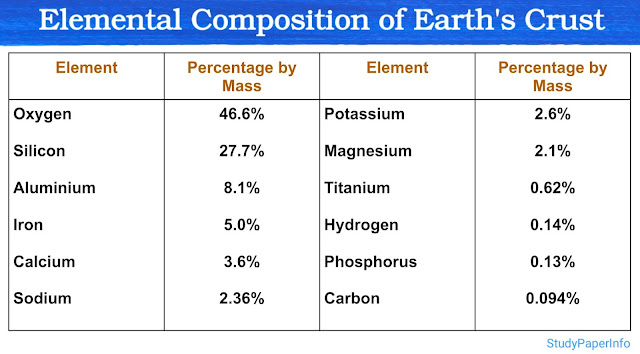What are the different functions of plasma membrane?
The plasma membrane, also called the cell membrane, is a selectively permeable biological barrier that surrounds the cytoplasm of all living cells. It plays a crucial role in maintaining cellular integrity and homeostasis by regulating the movement of substances in and out of the cell. It is mainly composed of a phospholipid bilayer with embedded proteins, cholesterol and carbohydrates, which together allow the membrane to carry out several specialized functions.
Main Functions of Plasma Membrane
1. Selective Permeability:
One of the most important functions of the plasma membrane is to regulate the entry and exit of substances. It allows only certain molecules (like oxygen, water and glucose) to enter, while waste materials and unwanted substances are removed. This selective permeability is due to the lipid bilayer and specific transport proteins.
2. Transport of Materials:
The membrane facilitates both passive transport (like diffusion and osmosis) and active transport (through protein pumps and channels) to move substances such as ions, nutrients and waste materials across the membrane. Active transport uses energy in the form of ATP to move substances against the concentration gradient.
3. Cell Communication and Signal Transduction:
The plasma membrane contains receptor proteins that receive signals (such as hormones and neurotransmitters) from other cells or the external environment. These signals are then transmitted inside the cell, leading to appropriate cellular responses. This is called signal transduction.
4. Cell Recognition:
Glycoproteins and glycolipids present on the external surface of the plasma membrane help in recognizing and interacting with other cells. These components act as markers or identity tags, which are important in immune response and tissue organization.
5. Structural Support and Shape Maintenance:
The plasma membrane helps maintain the structural integrity and shape of the cell. It also anchors the cytoskeleton (internal protein framework), which provides mechanical support and helps in cell movement.
6. Cell Adhesion:
The plasma membrane helps neighboring cells attach to each other and to the extracellular matrix. This cell adhesion is important in forming tissues and organs, and in processes like wound healing and embryonic development.
7. Endocytosis and Exocytosis:
The plasma membrane is actively involved in endocytosis (engulfing of external particles or fluids into the cell) and exocytosis (expelling substances like enzymes and hormones from the cell). These processes help in nutrient intake, immune responses and secretion of cellular products.
8. Barrier Function:
The membrane acts as a physical barrier that protects the internal cellular environment from external harm, including toxins, pathogens and mechanical injury.


Comments
Post a Comment